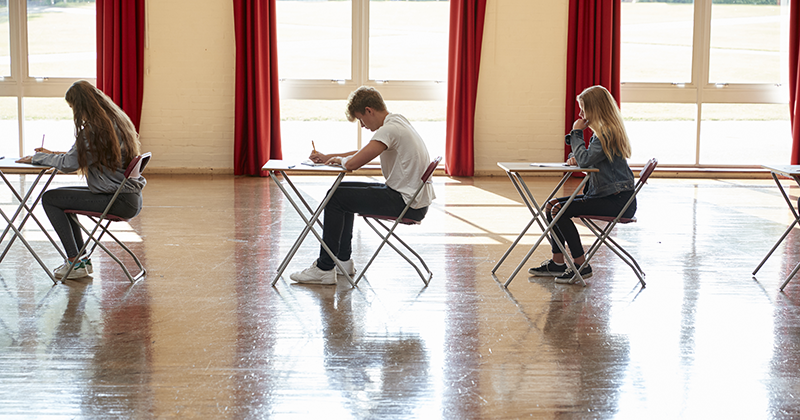Boosting the attendance of pupils who miss the “odd day” is the “really big prize” for schools, academies minister Baroness Diana Barran has told Schools Week.
Following a breakdown of Department for Education school attendance figures, Barran’s team discovered 31 per cent of children missed five to 15 per cent of school in the last academic year, up from 21 per cent before the pandemic.
The number equates to 1 million secondary pupils and 1.1 million children at primary schools.
A new attendance tool allows schools to reveal absence trends across year groups and pupil characteristics. It also breaks data down into five per cent bandings for more effective analysis.
Previously, absence reporting has focused on government categories of persistent absentees (those missing 10 per cent of lessons) and severe (those missing half or more).
Barran said honing in on the pupils who miss five to 15 per cent of classes – those “those typically missing odd days” would be “the really big prize”.
She added: “I think schools can absolutely be forgiven for focusing on the 10 per cent barrier, because that’s what we talk about with persistent absence.
“The ‘five to 15’ came out of a conversation that we had with the team where we said ‘but hang on a minute, 10.1 per cent persistent absence is very different to 49.9 per cent persistent absence, maybe we better break it down and see what the bandings are’.
“It hit us in the face when we started to break it down.”
Which children are missing the ‘odd day’?
Analysis by FFT Education Datalab of its 10,000 attendance tracker schools showed around a third of pupils missed five to 15 per cent of school time in autumn and spring this year.
Those pupils are more likely to have special educational needs and be disadvantaged than those who missed less than 5 per cent.
The DfE believes this absence is “often linked to in-school barriers”, whereas severe absence tends to “have more out-of-school drivers” and requires a multi-agency response.
Kate Richardson, education director at Cabot Learning Foundation which runs a DfE-backed attendance hub, said an example of a child in the “odd day” group is one who doesn’t like Thursdays “because they have double PE, and then you dig a bit deeper into that”.
She added the core reason for missing classes is sometimes not obvious and conversations are needed with pupils and their families to “really unpick why it is that they’re within that band”.
‘Praise kids for attending’
Barran also urged schools to focus on “positive reinforcement” to praise children on good attendance, and perhaps ringing up parents to say “it was fantastic to see” their child in school today.
She said: “It’s really striking [that] the schools that go from almost military discipline on how they analyse the data each day, and then how that translates into this totally personal response.”
Barran called for schools to have “especially strong” curriculum and extra-curricular offers on Fridays when attendance is typically poorest.
The DfE is also asking for “continued support” for pupils transitioning between the first and second year of secondary school – dubbed the “second transition” year.
Barran said maintaining the relatively strong attendance of year 7 pupils was crucial to get attendance back to pre-pandemic levels. Figures show the number of year 7 pupils attending for more than 95 per cent of school time was 11 percentage points higher than the current year 11.
Meanwhile, DfE officials are looking at how to make the attendance tool more useful for school governors and trustees.
Austerity undermines attendance efforts
While education unions have praised the tool, they said a decade of government austerity means schools’ efforts are undermined by collapsing public services and families struggling to cope.
Persistent absence sits at 20 per cent this year so far, below last year’s 21.2 per cent figure. That compares to 10.9 per cent in 2018-19.
Association of Schools and College Leaders general secretary Pepe Di’Iasio said: “The government focuses far too much on the symptoms rather than the causes of pupil absence.”
But Barran said “we can’t put all children in the austerity bucket. We also want to focus on those children where the pattern of their absence suggests that it’s not to do with austerity or mental health, and that there are other things going on.
“We want to focus on the areas where schools themselves can really make a difference.”
DfE’s new attendance trends for schools
- Focus on pupils with five to 15 per cent absence
- Support for the ‘second transition’ between year 7 and 8
- Continued focus on severe absence
- Focus on disadvantaged pupils
- Focus on key stage 4 pupils
- Focus specifically on year 11 girls











